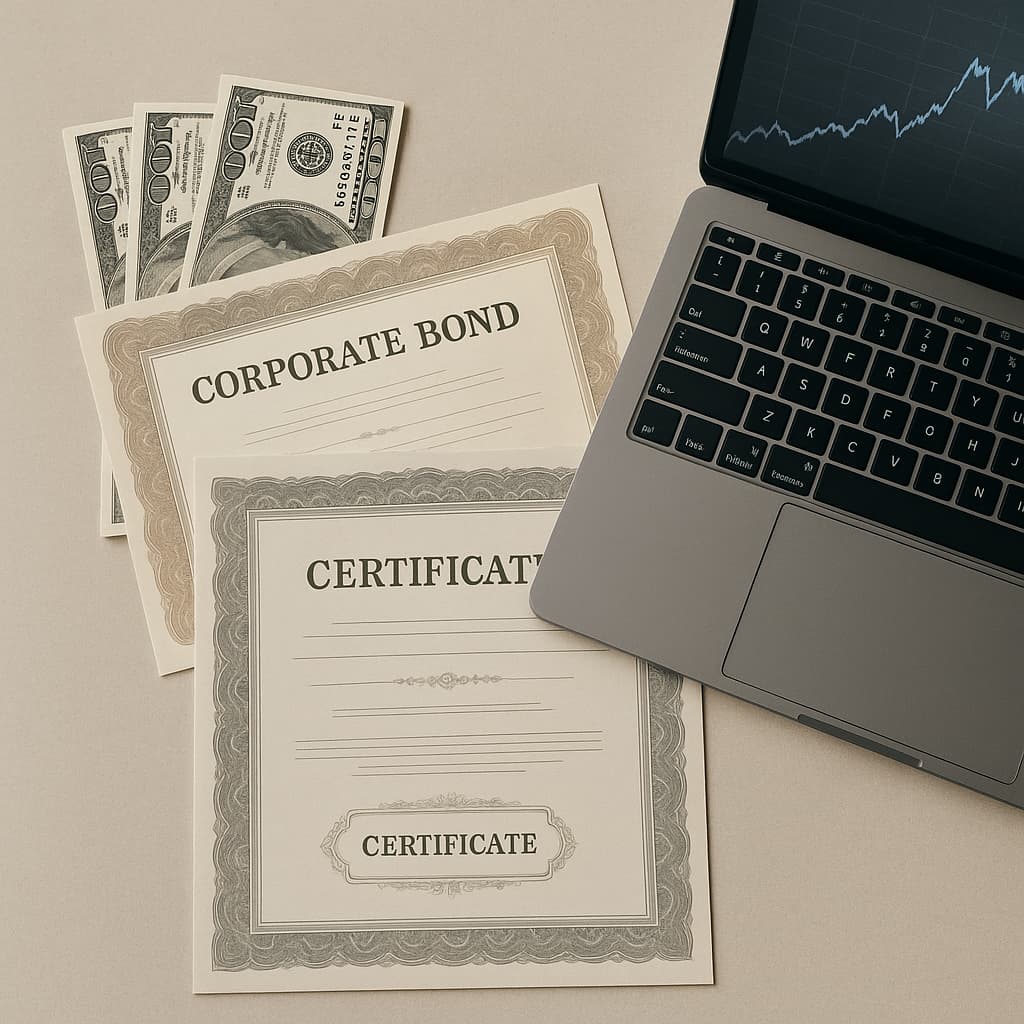How to build an ESG portfolio in the US: Promising funds and ETFs
Sustainable investing is no longer a niche. As climate change, social justice, and corporate governance issues take center stage globally, more and more investors are rethinking where their money goes. In the United States, interest in building a diversified ESG portfolio is at an all-time high — and for good reason. It reflects a growing awareness that financial returns and positive global impact no longer need to be mutually exclusive.
This guide will walk you through how to build an ESG portfolio in the US using reliable and high-performing funds and ETFs. From understanding what ESG truly means to selecting promising investment vehicles, the aim here is to simplify the process and help you take concrete steps toward sustainable investing. Whether you’re a cautious beginner or a seasoned investor, aligning your values with your portfolio is more achievable than ever.
Why ESG investing is gaining ground

As the conversation around ethical finance grows, many investors are turning to ESG investing to make a positive impact without sacrificing returns. This strategy prioritizes companies and funds that meet high standards for environmental, social, and governance practices — known collectively as ESG. This concept has quickly evolved from a feel-good initiative into a solid financial strategy.
Recent data reinforces the shift: according to Morningstar, ESG fund inflows in the US topped $30 billion in 2024 alone. At the same time, asset managers are increasingly integrating ESG criteria into their decision-making processes, not just to appeal to eco-conscious investors but also to reduce long-term risk. Whether it’s avoiding companies with questionable ethics or favoring those advancing green tech, ESG investing reflects a more holistic view of financial health.
Choosing funds and ETFs that lead by example
Not all ESG-labeled products are created equal. Some funds focus purely on environmental metrics, while others emphasize social or governance factors. For beginners, ESG-focused ETFs offer a lower-cost, diversified entry point. The iShares ESG Aware MSCI USA ETF (ESGU), for example, is among the most popular, tracking large and mid-cap US companies with strong ESG scores. Another solid option is the Vanguard ESG U.S. Stock ETF (ESGV), known for broad exposure and a low expense ratio. For a deeper ESG tilt, consider thematic funds like the SPDR S&P 500 Fossil Fuel Reserves Free ETF (SPYX), which excludes companies with fossil fuel reserves, or the Nuveen ESG Large-Cap Growth ETF (NULG), which balances ESG credentials with growth potential.
Key strategies to structure a responsible portfolio
Once you’ve chosen to invest with a conscience, the next step is building a structure that fits your financial goals. Start by assessing your risk tolerance — just as you would with any other investment approach. ESG options are available across the spectrum, from conservative bond funds to aggressive equity ETFs. The key is to maintain a mix that aligns not only with your risk profile but also with the causes you genuinely care about.
Rebalancing regularly is key, especially since ESG ratings can shift with corporate behavior or regulatory changes. Tools like MSCI ESG Ratings and Morningstar Sustainability Ratings can help you monitor performance and alignment. Some robo-advisors now offer ESG-specific portfolios too, using algorithms to optimize for both sustainability and returns — a great option for those seeking a hands-off approach.
Mistakes to avoid when going green
One common misstep is assuming any fund with “ESG” in the name is a perfect fit. In reality, “greenwashing” — when funds market themselves as ethical but offer minimal ESG screening — is a growing concern. Always read the methodology and holdings before you invest. Another pitfall? Overconcentration. It’s easy to lean too heavily into a single theme like clean energy and forget the importance of balance. Diversifying across industries, asset types, and even regions will help shield your portfolio from volatility, ensuring it performs in both bullish and bearish markets.















